Young Aussie athletes with type 1 diabetes get smart pump boost
Type 1 diabetes can be a hurdle for sporty young Australians – but scientific innovation is proving a game-changer now kids can focus on training while a new insulin pump does the hard work
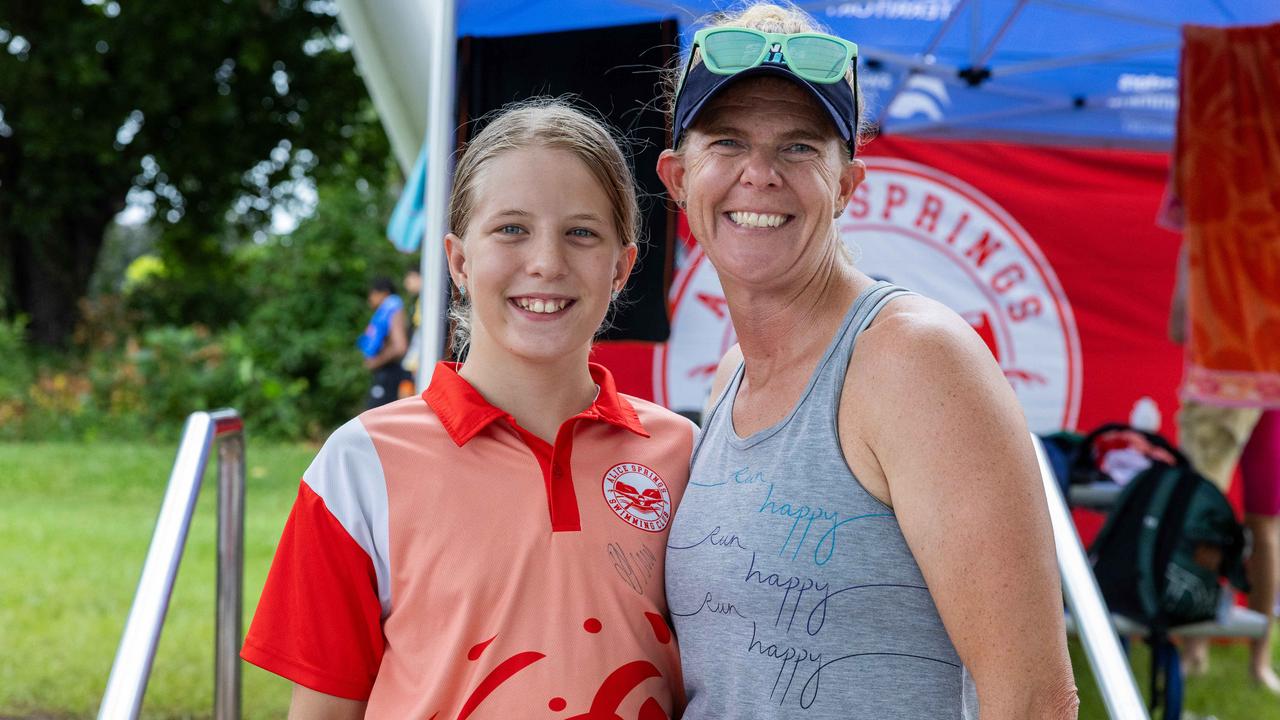
READING LEVEL: GREEN
At just 11-years-old, Australian swimmer Pippa Frey has already faced more challenges than most.
A competitive athlete, the Alice Springs local was powering through training and competitions until late 2022, when fatigue* and weight loss signalled that something was wrong.
Her mother, Katie Frey, said there were warning signs.
“She was exhausted all the time, even though she was eating properly,” Ms Frey said.
“At a big swim meet in January 2023, she was completely knackered. Then we noticed she was using the bathroom constantly at night.”
Days later, Pippa was diagnosed with type 1 diabetes* and admitted to intensive care*.
“Her blood sugar levels were dangerously high,” Ms Frey said. “We knew we needed to get to the bottom of this.”
Fast-forward just two years and Pippa was able to compete at the City of Darwin NT Swimming Championships March 14-16, thanks to a new tool helping her manage her condition — the Omnipod 5, Australia’s first tubeless, waterproof automated insulin delivery* (AID) system.
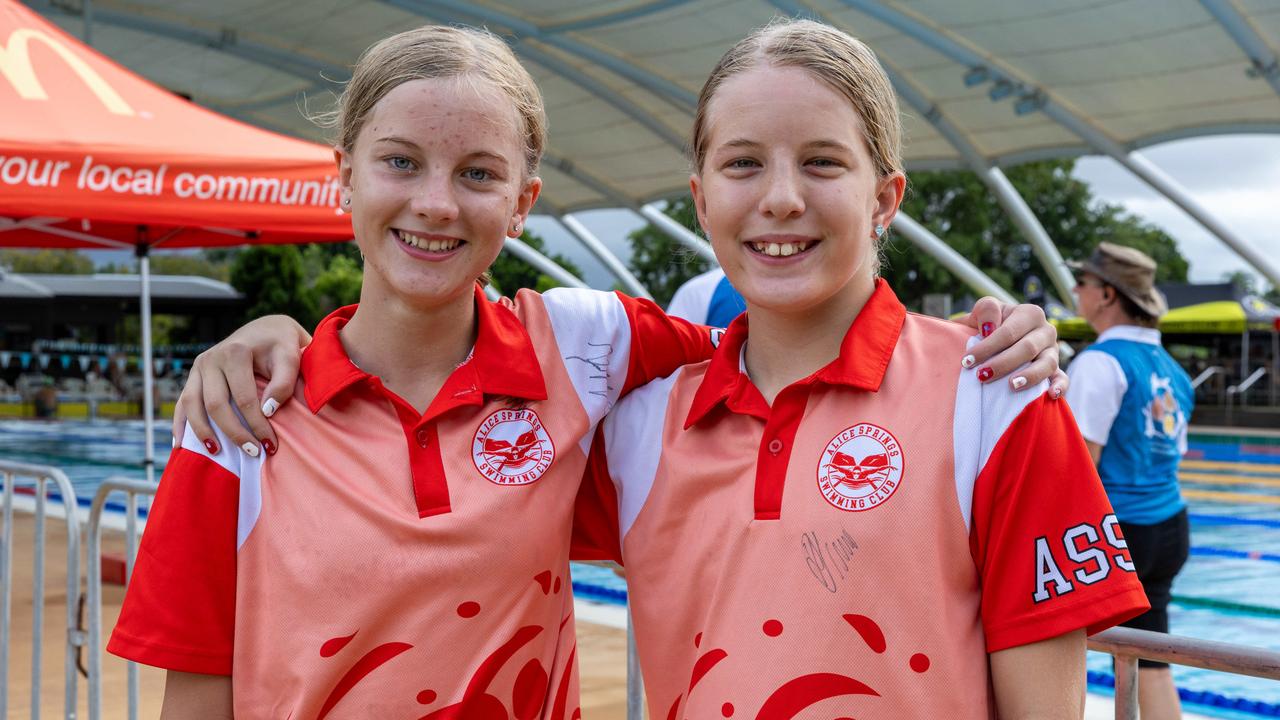
“She got a continuous glucose monitor* right after leaving intensive care, but for two months we had to do all her insulin calculations manually*,” Ms Frey said. “When she got the Omnipod 5, it changed everything.”
Unlike traditional insulin pumps that use tubes, the Omnipod 5 sticks directly to the skin and delivers insulin automatically, adjusting every five minutes based on glucose readings.
It connects to an iPhone app, meaning Pippa can manage her diabetes discreetly*, even while training.
“She wears it in the pool, it’s completely waterproof, so it doses her in real time,” Ms Frey said.
“She just pops her phone and a few snacks into a waterproof bag on the side of the pool, and she’s good to go.”
For active kids like Pippa, a tubeless design gets rid of the hassle of tubing getting caught or kinking.
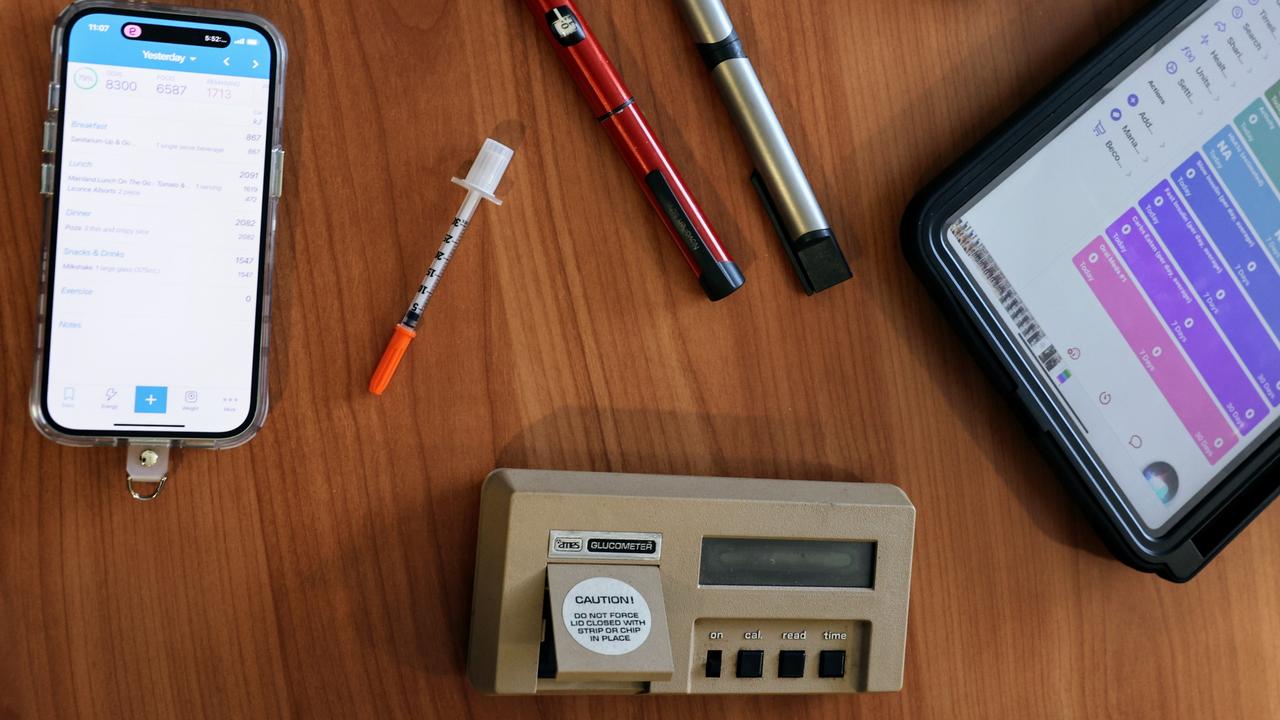
“We’ve travelled all over Australia and even the US with this device and it’s never been an issue,” Ms Frey said. “She’s never missed a practise or a race because of diabetes.”
Despite technological advancements, access to AID systems in Australia remains limited.
While continuous glucose monitors are fully subsidised*, pumps like the Omnipod 5 are still costly, making them out of reach for many families.
But for kids and their families just starting their journey with type 1 diabetes, Ms Frey had a message of hope.
“It gets easier,” she said. “You find the right tools, the right routines … find your people, because it’s so much easier when you have supportive people on your side.”
For now, Pippa was focused on her races, knowing her device had her covered, one powerful stroke at a time.

A TASTY WAY TO FIGHT DIABETES*
While Pippa and kids like her have a new tool to help manage their diagnosis of type 1 diabetes, scientists have also uncovered a tasty way to ward off type 2 diabetes* – mangoes.
New research suggests that eating about 100 calories or 418 kilojoules worth of mango per day could help lower insulin levels and boost insulin sensitivity in overweight or obese adults with chronic low-grade inflammation*.
“Our study suggests that adding fresh mangoes to the diet can be a simple, enjoyable way for people who are overweight or have obesity to support better insulin function and reduce type 2 diabetes risk,” said Illinois Institute of Technology food science and nutrition professor, Dr Indika Edirisinghe.
The team divided 48 overweight or obese adults, ages 20 to 60, into two groups. Half were told to eat two cups of mango daily, while the other group ate a calorie-matched treat — Italian ices, a frozen dessert similar to sorbet.
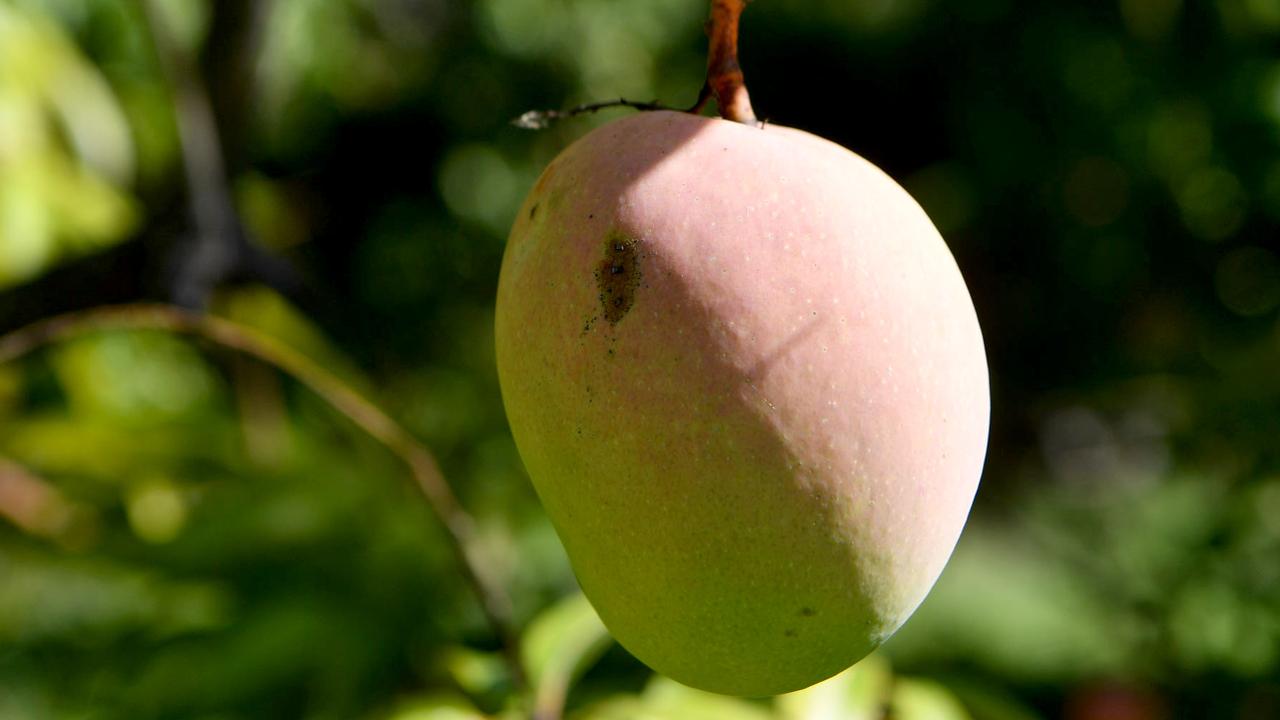
Other than the mangoes or Italian ices, participants kept their usual diet and lifestyle for the four-week study period.
By the end, researchers found that those eating mangoes saw “significant” reductions in insulin resistance*.
They also had lower insulin levels than they did at the start of the study, while the control group* saw no changes, showing that the mangoes played a big role in helping them regulate* their insulin levels.
MAD FOR MANGOES
And it’s not just reducing the risk of type 2 diabetes that mangoes are good for. Here are some of the other top health benefits of this tasty tropical treat:
* Mangoes are packed with fibre*, which helps promote gut health and aids in digestion. The soluble fibre in mangoes can also help lower total cholesterol and LDL cholesterol* — the “bad” kind that contributes to plaque build-up in your blood vessels
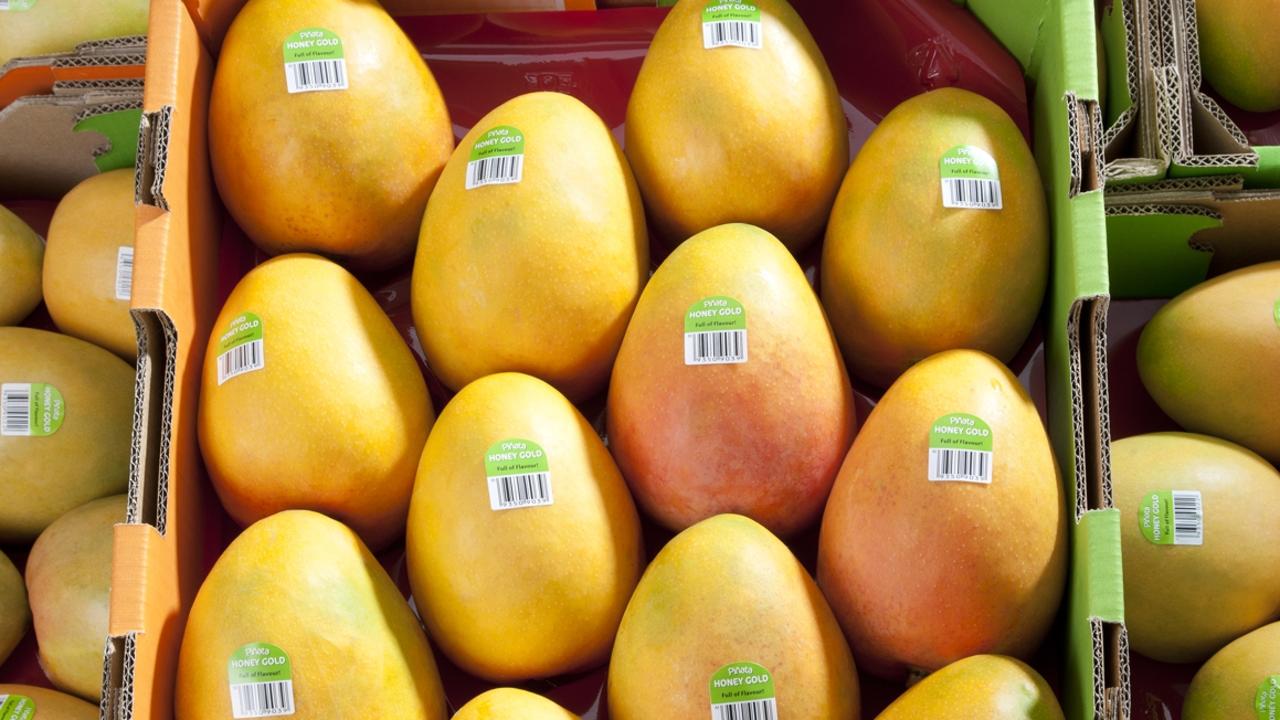
* They’re also loaded with vitamins A, C and E, powerful antioxidants* that support healthy skin and hair.
* Rich in potassium, mangoes help balance sodium* levels in the body, keeping your blood pressure in check and boosting heart health.
* Let’s not forget about antioxidants. These fruits are rich in nutrients that protect your cells from damage, helping to reduce the risk of cancer and slow the ageing process.
* Mangoes are also a great source of carotenoids — what gives the fruit its bright yellow colour — which support a strong immune system*.
The original version of this section of the Kids News article appeared on the New York Post and is republished with permission -it originally published as Mangoes found to lower type 2 diabetes risk
POLL
GLOSSARY
- fatigue: feeling very tired all the time
- type 1 diabetes: a condition where the body’s pancreas makes very little or no insulin. Insulin is a hormone that allows sugar to enter into the cells of the body. Because people with type 1 diabetes have no insulin to let glucose (sugar) into their cells, sugar builds up in their bloodstream and they become very sick and can even die
- intensive care: a hospital ward where people with life-threatening injuries and illnesses are cared for
- automated insulin delivery (AID): systems that act like an artificial pancreas by combining an insulin pump and a continuous glucose monitor to detect changes in a person’s blood sugar level and automatically adjust their insulin levels
- continuous glucose monitor: part of an AID that measures a person’s blood sugar levels
- manually: figuring out the correct dose of insulin without the help of an automatic dosing machine
- discreetly: without other people noticing
- subsidised: when part or all of the cost is covered by the government
- type 2 diabetes: a condition where the body becomes resistant to insulin and loses the capacity to produce enough insulin in the pancreas, often caused by lifestyle factors such as poor diet and lack of adequate exercise
- inflammation: an immune response where you get redness and swelling
- insulin resistance: when the body’s cells don’t respond normally to insulin leading to a build up of sugar in the blood stream
- control group: a group of research participants who don’t take any of the stuff being tested for so they can be compared against
- regulate: control or manage
- fibre: rough stuff that is resistant to digestive enzymes and important for cleaning out your intestines
- LDL cholesterol: low-density lipoproteins, the bad cholesterol that can build up inside your arteries and increase your risk of heart disease
- antioxidants: molecules that fight free radicals in your body and prevent against damage caused by oxidation
- sodium: salt
- immune system: the body’s system for fighting off infection
EXTRA READING
Nutty way to boost your brain
Your NAPLAN superpower is sleep
Hudson shoots for Mt Kosci dream
QUICK QUIZ
1. What are two symptoms of type 1 diabetes?
2. How has the Omnipod 5 allowed Pippa to continued swimming competitively?
3. Why are many families unable to access technology such as the Omnipod 5?
4. What are two health benefits of mangoes?
5. In what way were mangoes found to reduce the risk of type 2 diabetes?
LISTEN TO THIS STORY
CLASSROOM ACTIVITIES
1. A day in the life
Diabetes is a chronic condition where the body either doesn’t produce enough insulin or can’t effectively use the insulin it produces, leading to high blood glucose (sugar) levels.
It used to control and limit people’s lives, but with medical advancements, young girls like Pippa Frey can live a normal life chasing their sporting dreams.
Put yourselves in the shoes of a person living with type 1 diabetes, that may not have the continuous glucose monitor Pippa has, but has to regularly check levels and administer insulin.
What are the day-to-day considerations people with diabetes have to plan around?
–
–
–
–
Time: allow 15 minutes to complete this activity
Curriculum Links: English, Health and Physical Education, Personal and Social, Critical and Creative Thinking
2. Extension
Write a recipe for a yummy dish using the recommended daily amount of mangoes to try at home.
Time: allow 15 minutes to complete this activity
Curriculum Links: English, Health and Physical Education, Personal and Social, Critical and Creative Thinking
VCOP ACTIVITY
Wow word recycle
There are plenty of wow words (ambitious pieces of vocabulary) being used in the article. Some are in the glossary, but there might be extra ones from the article that you think are exceptional as well.
Identify all the words in the article that you think are not common words, and particularly good choices for the writer to have chosen.
Select three words you have highlighted to recycle into your own sentences.
If any of the words you identified are not in the glossary, write up your own glossary for them.
Extension
Find a bland sentence from the article to up-level. Can you add more detail and description? Can you replace any base words with more specific synonyms?
Down-level for a younger audience. Find a sentence in the article that is high level. Now rewrite it for a younger audience so they can understand the words without using the glossary.

